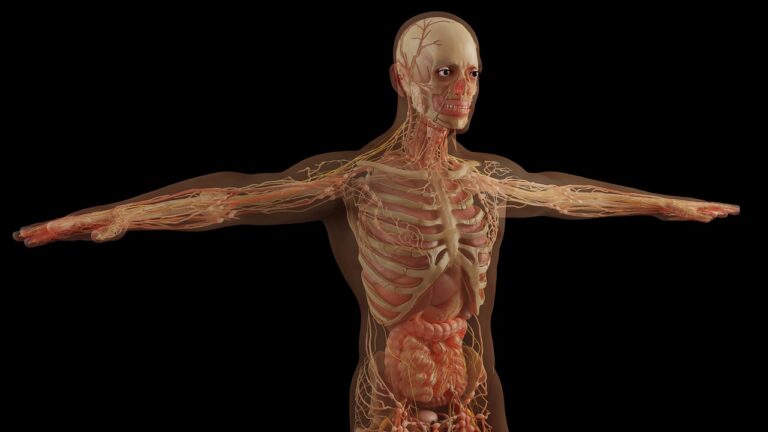Exploring the Benefits of Art Therapy for Children with Autism
all pannel.com, lotus book 365, laserbook247: Art therapy is a powerful tool that can help children with autism express themselves, improve communication skills, and reduce anxiety. Through the use of various art forms, such as painting, drawing, and sculpting, children with autism can explore their emotions and develop important skills that can benefit them in many aspects of their lives.
Benefits of Art Therapy for Children with Autism
1. Improves Communication Skills: Children with autism often struggle with verbal communication. Art therapy provides them with a non-verbal way to express themselves and communicate their thoughts and feelings. Through art, children can communicate in a way that feels safe and comfortable to them.
2. Enhances Social Skills: Art therapy can help children with autism improve their social skills by providing a structured and supportive environment for interaction. Working on art projects with others can help children learn to share, take turns, and collaborate with their peers.
3. Boosts Self-Esteem: Engaging in art therapy can help children with autism build confidence and self-esteem. By creating something unique and expressing themselves creatively, children can feel a sense of accomplishment and pride in their work.
4. Reduces Anxiety: Children with autism often experience high levels of anxiety. Art therapy can provide a calming and therapeutic outlet for children to relax and unwind. The act of creating art can be soothing and help children manage their stress and emotions.
5. Develops Fine Motor Skills: Many children with autism struggle with fine motor skills. Engaging in art therapy can help children improve their hand-eye coordination, dexterity, and fine motor skills through activities like coloring, cutting, and shaping clay.
6. Stimulates Creativity: Art therapy encourages children with autism to think creatively, problem-solve, and think outside the box. By exploring different art techniques and mediums, children can unleash their creativity and imagination in new and exciting ways.
7. Provides Emotional Outlet: Art therapy offers children with autism a safe and healthy way to express their emotions. Through art, children can release pent-up feelings, process difficult emotions, and gain a better understanding of themselves.
8. Enhances Cognitive Skills: Engaging in art therapy can help children with autism develop cognitive skills such as attention, memory, and visual-spatial processing. Through art activities, children can improve their focus, concentration, and cognitive flexibility.
9. Encourages Self-Expression: Art therapy allows children with autism to express themselves in a way that is unique to them. Through art, children can communicate their thoughts, feelings, and experiences in a way that words alone cannot capture.
10. Promotes Sensory Integration: Many children with autism struggle with sensory processing issues. Engaging in art therapy can help children regulate their sensory input, explore different textures and materials, and improve their sensory integration skills.
FAQs:
1. How often should children with autism participate in art therapy?
The frequency of art therapy sessions can vary depending on the child’s needs and goals. Some children may benefit from weekly sessions, while others may only need bi-weekly or monthly sessions.
2. Do children need to have artistic talent to benefit from art therapy?
No, children do not need to have artistic talent to benefit from art therapy. Art therapy is more about the process of creating art and expressing oneself than producing a perfect piece of art.
3. Can art therapy replace other forms of therapy for children with autism?
Art therapy can be a valuable addition to a child’s overall therapy plan, but it is not meant to replace other forms of therapy. It can complement other therapies and provide children with a unique and creative way to work through challenges and develop important skills.
In conclusion, art therapy can be a transformative and enriching experience for children with autism. By providing a creative outlet for self-expression, social interaction, and skill development, art therapy can help children with autism thrive and reach their full potential. If you have a child with autism, consider exploring the benefits of art therapy and how it can make a positive impact on their lives.







